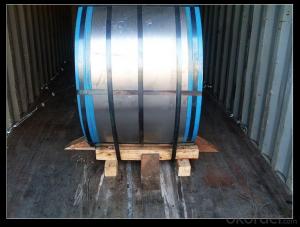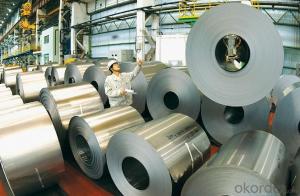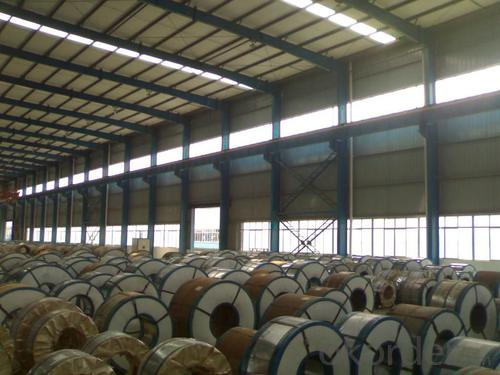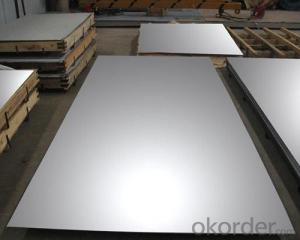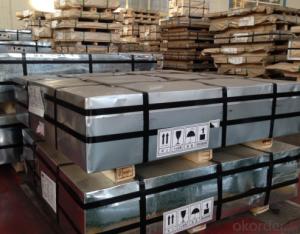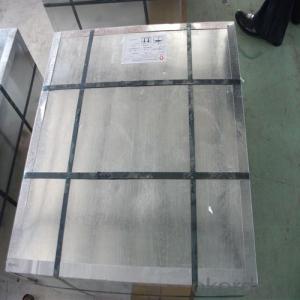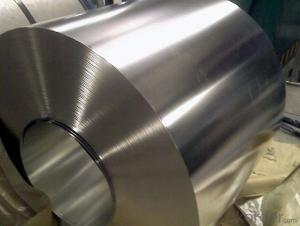Tin plate/Tinplate coils and sheets/Electrolytic tinplate
- Loading Port:
- Tianjin
- Payment Terms:
- TT or LC
- Min Order Qty:
- 25 m.t.
- Supply Capability:
- 20000 m.t./month
OKorder Service Pledge
OKorder Financial Service
You Might Also Like
1.Structure of Tinplate Description
Electrolytic Tin Plate Coils and Sheets for Foods Metal Packaging, is one thin steel sheet with a coating of tin applied by electrolytic deposition. Tinplate made by this process is essentially a sandwich in which the central core is strip steel. This core is cleaned in a pickling solution and then fed through tanks containing electrolyte, where tin is deposited on both sides. As the strip passes between high-frequency electric induction coils, it is heated so that the tin coating melts and flows to form a lustrous coat.
2.Main Features of the Tinplate
Appearance – Electrolytic Tin Plate is characterized by its beautiful metallic luster. Products with various kinds of surface roughness are produced by selecting the surface finish of the substrate steel sheet.
Paintability and printability – Electrolytic Tin Plates have excellent paintability and printability. Printing is beautifully finished using various lacquers and inks.
Formability and strength – Electrolytic Tin Plates have got very good formability and strength. By selecting a proper temper grade, appropriate formability is obtained for different applications as well as the required strength after forming.
Corrosion resistance – Tinplate has got good corrosion resistance. By selecting a proper coating weight, appropriate corrosion resistance is obtained against container contents. Coated items should meet 24 hour 5 % salt spray requirement.
Solderability and weldability – Electrolytic Tin Plates can be joined both by soldering or welding. These properties of tinplate are used for making various types of cans.
Hygienic – Tin coating provides good and non toxic barrier properties to protect food products from impurities, bacteria, moisture, light and odours.
Safe – Tinplate being low weight and high strength makes food cans easy to ship and transport.
Eco friendly – Tinplate offers 100 % recyclability.
Tin is not good for low temperature applications since it changes structure and loses adhesion when exposed to temperatures below – 40 deg C.
3.Tinplate Images
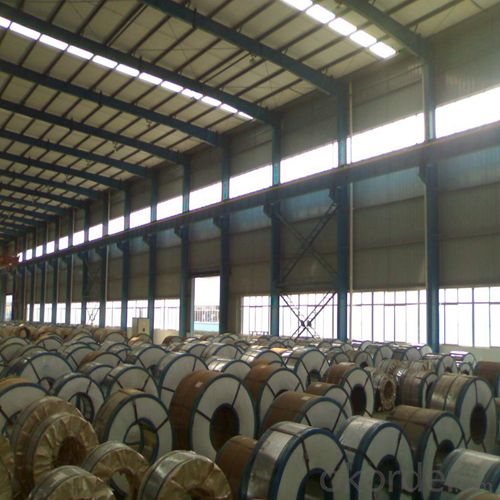
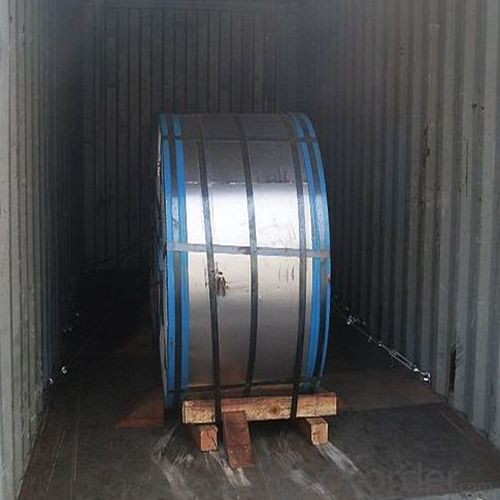
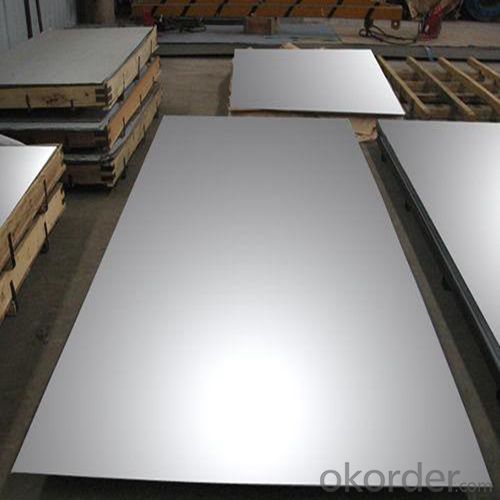
4.Tinplate Specification
Standard | ISO 11949 -1995, GB/T2520-2000,JIS G3303,ASTM A623, BS EN 10202
|
Material | MR,SPCC |
Thickness | 0.15mm - 0.50mm |
Width | 600mm -1150mm |
Temper | T1-T5 |
Annealing | BA & CA |
Coil Inner Diameter | 508mm |
Weight | 6-10 tons/coil 1~1.7 tons/sheets bundle |
Passivation | 311 |
Oil | DOS |
Surface | Finish,bright,stone,matte,silver |
5.FAQ of Tinplate
A. What is the package of tinplate? (Referred as below)
For sheets, thin plastic film + rust-proof paper + metallic cover + metallic angles+ steel band strips + fumigated wooden pallet.
For coil, thin plastic film + rust proof paper + metallic cover + steel band strips + fumigated wooden pallet
B. The surface of tinplate could you supply?
Stone finish, Bright finish, Matte finish, Silver finish
C. What quantity is the minimum order of tinplate?
Usually, the minimum quantity is 25MT. For special case, consult with us.
D. Can it make to be BA or CA for annealing?
Yes, both can do with.
E: Do you supply the high tin coating tinplate?
Yes, we can provide D5.6/2.8,E5.6/5.6, D11/2/5.6 etc, if you have some inquire, pls kindly send to us for offer.
- Q: Can tinplate packaging be used for automotive products?
- Yes, tinplate packaging can be used for automotive products. Tinplate is a versatile and durable material that provides excellent protection for automotive parts and components. It is commonly used for packaging automotive products such as lubricants, chemicals, and small parts. Tinplate packaging offers good resistance against corrosion, impact, and tampering, making it suitable for automotive industry requirements.
- Q: How does tinplate packaging contribute to product differentiation?
- Tinplate packaging contributes to product differentiation by providing a unique and distinctive look to the product. The shiny and attractive appearance of tinplate packaging sets it apart from other packaging materials, catching the attention of consumers and creating a memorable impression. Additionally, tinplate packaging can be customized with various designs, colors, and patterns, allowing brands to showcase their uniqueness and stand out in the market. Overall, tinplate packaging helps products to differentiate themselves from competitors and create a strong brand identity.
- Q: What are the main applications of tinplate in the agricultural industry?
- Tinplate is commonly used in the agricultural industry for its various applications such as packaging and storage of agricultural products, manufacturing of containers for fertilizers and pesticides, as well as for agricultural machinery components due to its corrosion-resistant properties.
- Q: How does tinplate handle exposure to different atmospheric conditions?
- Tinplate generally handles exposure to different atmospheric conditions quite well. Its corrosion resistance, thanks to the tin coating, helps protect the underlying steel from rusting and other forms of degradation. However, extreme conditions such as high humidity, acidic environments, or prolonged exposure to saltwater may still pose some risk. In such cases, additional protective measures like coatings or proper maintenance are recommended to ensure the tinplate's longevity.
- Q: What are the main growth opportunities for the tinplate industry?
- The main growth opportunities for the tinplate industry include the increasing demand for packaged food and beverages, the rising popularity of sustainable packaging solutions, and the growing automotive sector requiring tinplate for various applications. Additionally, emerging markets and technological advancements in tinplate production processes offer significant growth potential for the industry.
- Q: How is tinplate protected during transportation and storage?
- Tinplate is typically protected during transportation and storage through various measures such as applying a protective coating, using appropriate packaging materials, and implementing suitable handling and stacking procedures. The protective coating, often a thin layer of oil or lacquer, helps to prevent corrosion and maintain the integrity of the tinplate. Additionally, packaging materials like plastic wraps, paper interleaves, or cardboard dividers are used to separate and cushion the tinplate sheets, preventing scratches, dents, or other damages. Proper handling techniques, including careful loading and unloading, as well as appropriate stacking methods, ensure that the tinplate remains stable and secure during transportation and storage, reducing the likelihood of any physical harm.
- Q: How to distinguish galvanized plate and tin plate
- General galvanized sheet used in home appliances and electronics industry, thicker. Tin plate, tinplate, used in packaging industry, thinner.
- Q: Can tinplate be used for promotional and gift items?
- Yes, tinplate can be used for promotional and gift items. Tinplate is a versatile material that can be easily decorated and customized, making it an ideal choice for creating unique and eye-catching promotional and gift items. Its durability and ability to retain its shape and design over time also make it a popular option for such purposes.
- Q: How does tinplate perform in terms of corrosion resistance compared to other materials?
- Tinplate offers excellent corrosion resistance compared to many other materials, particularly when exposed to moisture or acidic environments. The tin coating acts as a protective barrier, preventing the underlying steel from corroding. This makes tinplate a preferred choice for packaging and other applications where corrosion protection is crucial.
- Q: What are the different ways to label tinplate closures?
- There are several ways to label tinplate closures, including direct printing, labeling with adhesive labels, embossing, and laser engraving. Each method offers its own advantages and can be chosen based on factors such as cost, durability, and desired aesthetic appeal.
Send your message to us
Tin plate/Tinplate coils and sheets/Electrolytic tinplate
- Loading Port:
- Tianjin
- Payment Terms:
- TT or LC
- Min Order Qty:
- 25 m.t.
- Supply Capability:
- 20000 m.t./month
OKorder Service Pledge
OKorder Financial Service
Similar products
Hot products
Hot Searches
Related keywords

